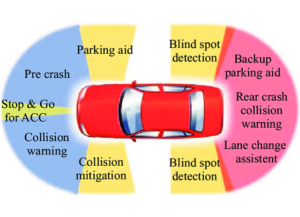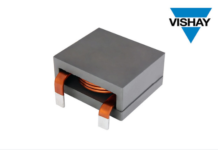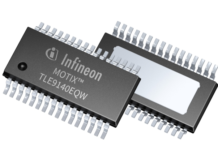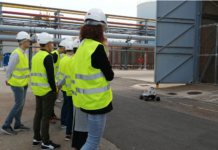
The burgeoning automotive industry’s attention towards the safety and development of advanced vehicles has given a sweeping kick-off to automotive radar technology. As per a recent survey, automotive radar technology will have its application in almost 50% of the newly manufactured cars in the coming future. The highly anticipated safety concerns have created a new space for car manufacturers to implement “ultra-modern radar technology.” The pre-eminence advantages of the automotive radar, especially in regards to road safety, have triggered the mainstream car companies to adopt this pioneering platform.
How efficient are these Radar systems?
With the high enormity of functions, such as the detection of barricades and obstacles, road imagery, object tracking, and safe road navigation, the radar systems will inevitably have a positive future in the automotive industry. With the help of simulation software, these radars can monitor roads, meanwhile reporting potholes and debris and ensuring a high level of safety.
- Validating the Autonomous Vehicle Radar systems in the Virtual World
The simulation software establishes a connection between various parts of the car and the digital world; the shooting-and-bouncing ray analysis techniques assist in evaluating the performance of the radar system virtually. This determines the virtual radar system to detect stationary objects, virtual vehicles, and road conditions on a virtual street. The radar system tests signal and thus targets indications while displaying a series of Range-Doppler maps.
- Virtual Road Testing for Judicious Safety
Car manufacturers are fervent to safety regulations for passengers. With regard to safety and security, radar systems play a significant role and require testing with algorithms to authenticate safe operations. Today, with the help of simulation and modeling, AV developers can perform tests in any conceivable situation.
- Integration of Radar System with the Automobile
The evaluation is necessitated after the development of a prototype or sensory design. Most of the radar systems are mounted either in the dashboard or behind the bumper. Car manufacturer’s prime focus on designing bumper and panel specifically for aerodynamic and aesthetical appeal; however, proximity effects of the vehicle design can consequently distress the performance of the radar and restrict antenna’s ability to focus on radar energy.
High-Performance Radar Designs Will Allow Engineers to Virtually?
- Test antenna variants effectively and understand behavior patterns under a selection of structural and environmental conditions.
- Tune prototype antenna topologies swiftly, without requiring fabrication.
- Enhance element and multichannel antenna arrays with less and effort.
- Develop a single prototype to test at the end.
Ground-Breaking Radar solutions for Automakers
Today, automotive radars systems assimilate technology that could only be found in defense laboratories and advanced aerospace research. To achieve, thought-provoking performance requirements; automakers are astutely employing modeling and simulation to gain profound results from this trailblazing technology. The high-requirement for premium safety has pushed forward automakers to indulge in developing automated radar-equipped cars. To cater to the demand of the automakers, semiconductor manufacturers are springing up with advanced radar solutions. For instance, NXP announced an innovative design for Adaptive Cruise Control (ACC) and Automatic Emergency Braking (AEB) applications. The new project involves the partnership of Colorado engineering for the initiation of the XP RDK-S32R274 radar solution, which features the S32R27 processor, the TEF810x CMOS transceiver, and the FS8410 power management IC. The supple and adaptable platform is intended to assist automakers in entering radar application development with hardware, software and tools that will notably simplify radar implementations and thus lower barriers in the market.
Active Automotive Safety Operation Employs Three Major Types of Radar Systems:
- Long-range radars (LRR) has adaptive cruise control (ACC) and forward-looking sensors that detect early collision.
- Medium-range radars (MRR) are used for monitoring corners of the vehicle, perform blind spot detection, sense other-vehicle lane crossover, alongside evade side/corner collisions.
- Short-range radars (SRR) are employed for collision proximity safety, and to support limited parking assist features.
Conclusion: Severe Regulations Deeming Roady Saftey to Burgeon Radar Production
The flustering number of deaths caused by road accidents have compelled the government to enact stringent regulation for the safety and security of passengers. As a result, many car manufacturers are implementing strategies to preinstall radar-system in vehicles to minimize the number of road accidents and the death toll. This factor will spur new sales opportunities for the automotive radar market in the upcoming years. The global automotive radar market is predicted to reach 43.6 million units by 2026, states Fortune Business Insights
Author: Aman Singh Gandhi, Fortune Business Insights


















